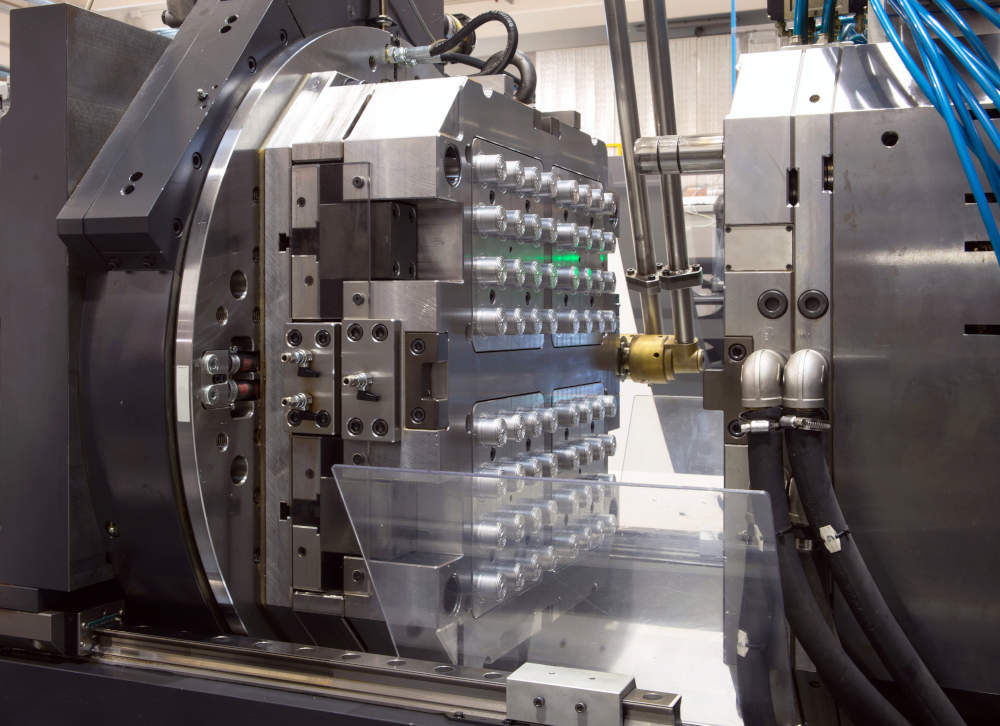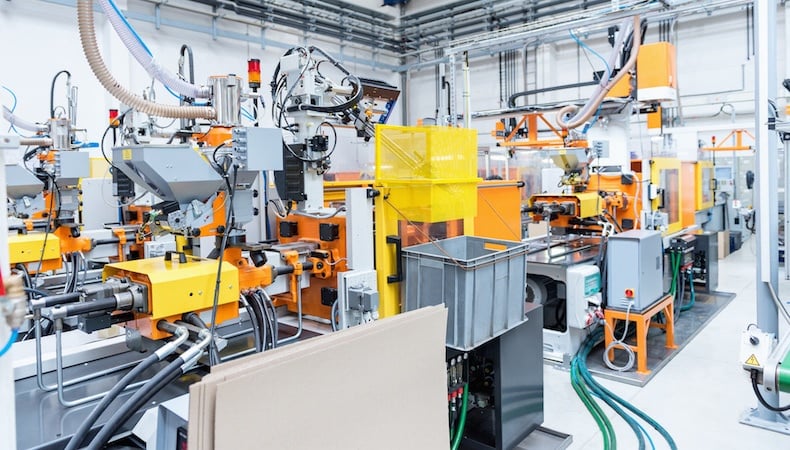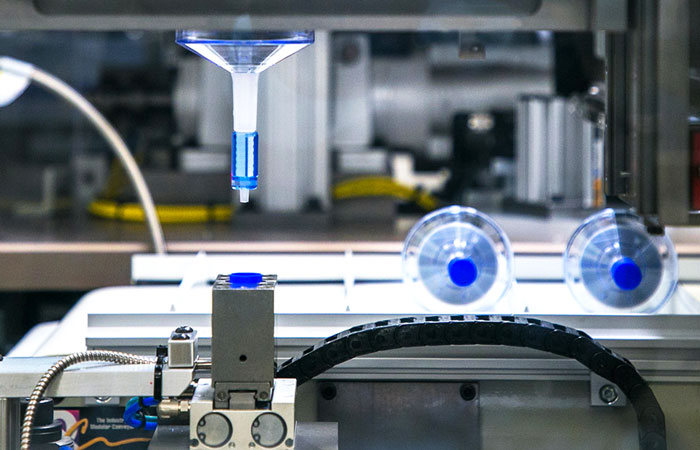Plastic Injection Molding: A Comprehensive Guide to Modern Manufacturing Techniques
Wiki Article
The Future of Plastic Shot Molding: Developments and trends to Enjoy
As the plastic shot molding sector evolves, a number of key patterns are arising that assurance to improve its landscape. Automation and clever production techniques are set to enhance productivity, while the shift towards sustainable materials reflects a growing environmental consciousness. Advancements in 3D printing are paving the means for extraordinary layout adaptability. These technologies additionally bring forth difficulties that call for mindful consideration. Comprehending how these components will certainly engage and influence future practices is crucial for stakeholders wanting to navigate this transformative duration successfully.Automation and Smart Production
As the plastic injection molding sector progresses, automation and smart manufacturing are taking center stage, reinventing production procedures - Plastic Injection Molding. The combination of advanced modern technologies such as robotics, IoT (Net of Points), and synthetic knowledge is allowing makers to improve performance, decrease functional costs, and boost product high quality. Automated systems streamline process, lessening manual treatment and raising throughput, which is important in fulfilling the rising need for quick production cyclesSmart making modern technologies assist in real-time surveillance and data analysis, permitting companies to enhance equipment performance and predict maintenance requirements. This aggressive approach not only lessens downtime yet also prolongs the life expectancy of tools. The usage of collaborative robots, or cobots, enhances the flexibility of production lines, making it possible for equipments and employees to run side by side securely and successfully.
The fostering of automation in plastic shot molding is not merely a pattern however a calculated essential for companies aiming to remain competitive in a global market. By harnessing these innovations, makers can accomplish higher precision, decrease waste, and adapt swiftly to transforming consumer needs, positioning themselves for sustainable development in a progressively automatic future.
Sustainable Materials and Practices
The press in the direction of automation and wise manufacturing has actually paved the way for a higher emphasis on sustainable materials and techniques within the plastic injection molding industry. Business are increasingly looking for green alternatives to typical petroleum-based plastics, bring about the fostering of bio-based and recycled materials. These lasting materials not only minimize ecological impact but also line up with customer demand for greener products.
In addition, collaboration in between manufacturers, product vendors, and ecological organizations is fostering technology in the development of lasting materials that meet efficiency criteria without compromising high quality. As regulations around plastic use become stricter, the industry is positioned to adapt by accepting these lasting approaches, making certain long-term practicality and minimizing reliance on non-renewable resources. The combination of sustainability right into plastic injection molding is not merely a pattern; it is becoming an important element of corporate obligation and functional excellence.
Developments in 3D Printing
Current advancements directory in 3D printing technology are considerably transforming the landscape of plastic injection molding. Difficult or once challenging to attain through standard methods, the integration of additive production procedures permits for the rapid prototyping of intricate geometries that were. This ability not only increases product growth cycles however also minimizes product waste, lining up with the expanding demand for lasting production methodsMoreover, the introduction of hybrid production techniques, which incorporate 3D printing and shot molding, offers manufacturers the capability to develop intricate layouts while preserving the effectiveness of mass production. This method allows the manufacturing of personalized components customized to particular consumer requirements without compromising the speed and scalability that shot molding gives.
In addition, developments in materials, such as high-performance polymers and compounds specifically made for 3D printing, are enhancing the practical capacities of printed elements. These visit the site products can hold up against greater anxiety and exhibit enhanced thermal residential or commercial properties, making them appropriate for more requiring applications.
As 3D printing continues to progress, its assimilation into plastic shot molding procedures promises to boost efficiency, lower costs, and foster advancement in product style, positioning producers to much better satisfy the challenges of an open market.
Information Analytics and IoT Assimilation
Information analytics and the integration of the Web of Points (IoT) are changing plastic shot molding by giving suppliers with extraordinary insights into their procedures. By leveraging real-time data gathered from interconnected equipments and sensors, producers can monitor efficiency metrics, recognize inefficiencies, and maximize manufacturing procedures. This data-driven method assists in predictive maintenance, reducing downtime and extending tools lifespan.Additionally, IoT integration enables improved high quality control. By continually tracking variables such as temperature, cycle, and stress times, suppliers can quickly detect deviations from established specifications and make modifications in actual time. This not only improves product uniformity yet also reduces waste and scrap rates.
The blend of information analytics and IoT modern technologies also encourages suppliers to adopt even more agile production techniques. With access to comprehensive information analytics, organizations can respond to market demands with greater versatility, changing manufacturing schedules and configurations as required. This adaptability is crucial in a swiftly transforming manufacturing landscape.

Customization and Design Flexibility
Just how can personalization and layout adaptability enhance the competition of plastic injection molding? In an increasingly varied market, the capability to offer customized services is critical. Customization permits makers to satisfy certain customer requirements, suiting special measurements, shapes, and performances that basic products might not satisfy. This versatility not only promotes customer loyalty yet also opens opportunities for brand-new service chances throughout numerous sectors, from auto to consumer goods.Developments in style technologies, such as computer-aided layout (CAD) and quick prototyping, further boost this fad. These devices enable designers to produce complex patterns and complicated geometries, which can be perfectly integrated right into the production process. Because of this, suppliers can react promptly to altering consumer choices and market demands.
In addition, the implementation of modular tooling systems boosts design adaptability, permitting quicker changes in between different item layouts without substantial downtime. This versatility can result in lowered preparations and lower production prices, making firms more active and affordable. Eventually, welcoming personalization and layout adaptability in plastic shot molding not only elevates product offerings but also strengthens market positioning in an ever-evolving landscape.
Conclusion
The future of plastic injection molding is defined by significant advancements in automation, sustainable techniques, and cutting-edge materials. The integration of IoT and data analytics will certainly enhance operational effectiveness and predictive maintenance. The adoption of recycled and bio-based products, along with progress in 3D printing, will foster sustainability within the sector. Modification via modular tooling and rapid prototyping will enable suppliers to remain affordable and receptive to the dynamic demands of the market.
The future of plastic injection molding is defined by significant innovations in automation, lasting techniques, and innovative materials.
Report this wiki page